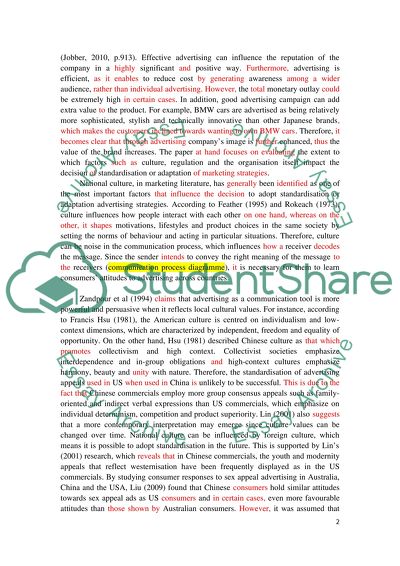Cite this document
(“International marketing Essay Example | Topics and Well Written Essays - 2000 words - 7”, n.d.)
Retrieved from https://studentshare.org/marketing/1630703-international-marketing
Retrieved from https://studentshare.org/marketing/1630703-international-marketing
(International Marketing Essay Example | Topics and Well Written Essays - 2000 Words - 7)
https://studentshare.org/marketing/1630703-international-marketing.
https://studentshare.org/marketing/1630703-international-marketing.
“International Marketing Essay Example | Topics and Well Written Essays - 2000 Words - 7”, n.d. https://studentshare.org/marketing/1630703-international-marketing.


